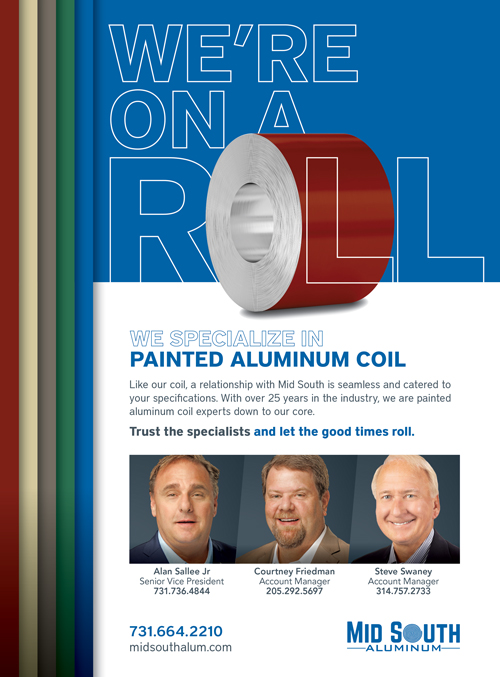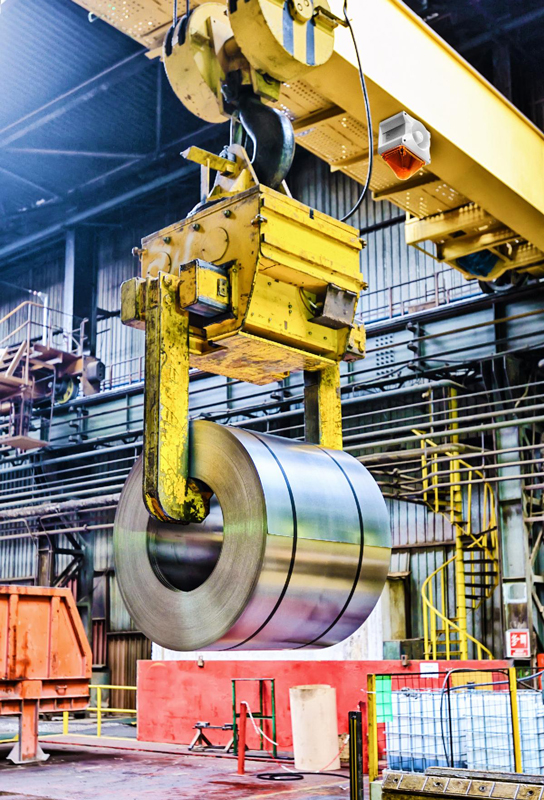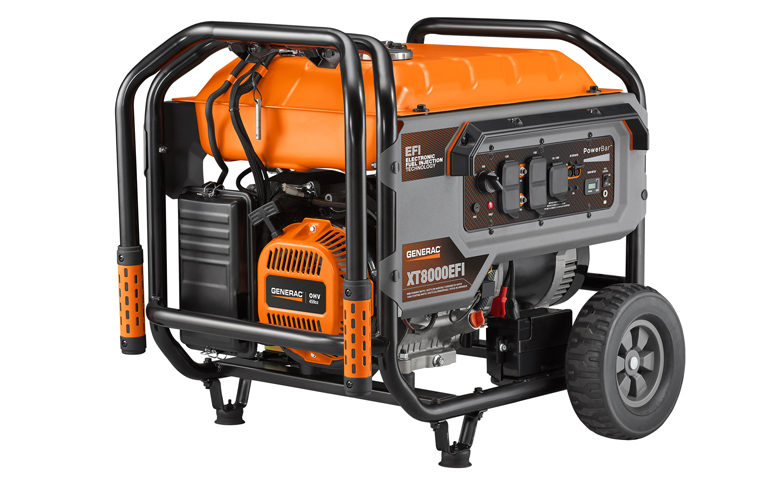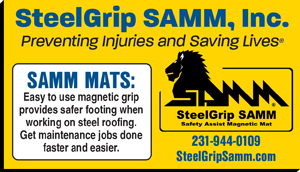Roll-forming professionals should be aware and take precautions against over-exposure to certain chemical hazards called VOCs (volatile organic compounds) that are inherent in paints, coatings and many building materials.
The Environmental Protection Agency (EPA) explains that VOCs are emitted as gases from certain solids or liquids and include a variety of chemicals (formaldehyde is one of the best known VOCs), some of which may have short- and long-term adverse health effects. Concentrations of many VOCs are consistently higher indoors (up to ten times higher) than outdoors.
Jean Blackstone, of Sharkskinroof Underlayments (their underlayment is made without VOCs) notes that VOCs are “numerous, varied and ubiquitous.” She goes on to explain: “They include both human-made and naturally-occurring chemical compounds.
“Harmful VOCs typically are not acutely toxic, but have compounding long-term health effects. Because the concentrations are usually low and the symptoms slow to develop, research into VOCs and their effects is difficult.”
Wikipedia states that health risks, including respiratory, allergic, or immune effects in infants and children are associated with man-made VOCs and other indoor or outdoor air pollutants.
Some VOCs, such as styrene and limonene, can react with nitrogen oxides or with ozone to produce new oxidation products and secondary aerosols, which can cause sensory irritation symptoms. VOCs contribute to the formation of Tropospheric ozone and smog.
What happens when exposed to VOCs? The U.S. National Association of Medicine cites that short-term effects of over-exposure to VOCs can include: irritation of the eyes and respiratory tract; headaches; dizziness; visual disorders; and memory impairment.
Long-term exposure may cause:irritation of the eyes, nose, and throat; nausea; fatigue; loss of coordination; dizziness; damage to the liver, kidneys and central nervous system; and cancer.
While avoiding VOCs entirely is difficult, the EPA suggests always providing adequate ventilation; meeting or exceeding label precautions; throwing away unused or little-used containers safely; and keeping them out of reach of children and pets.
Jean Blackstone from Sharkskinroof suggests that when there is a choice, choosing products without VOCs is the best option. “Any time you are using a product containing VOC’s you are putting yourself or your crew at risk for health issues, along with the people that will be under the roof you are installing, as well as contributing to polluting the air,” she says. “It is not only an ethical responsibility, but also just makes sense that by using products that contain no VOC’s you will also save money by reducing healthcare costs and labor down-time.” RF



















